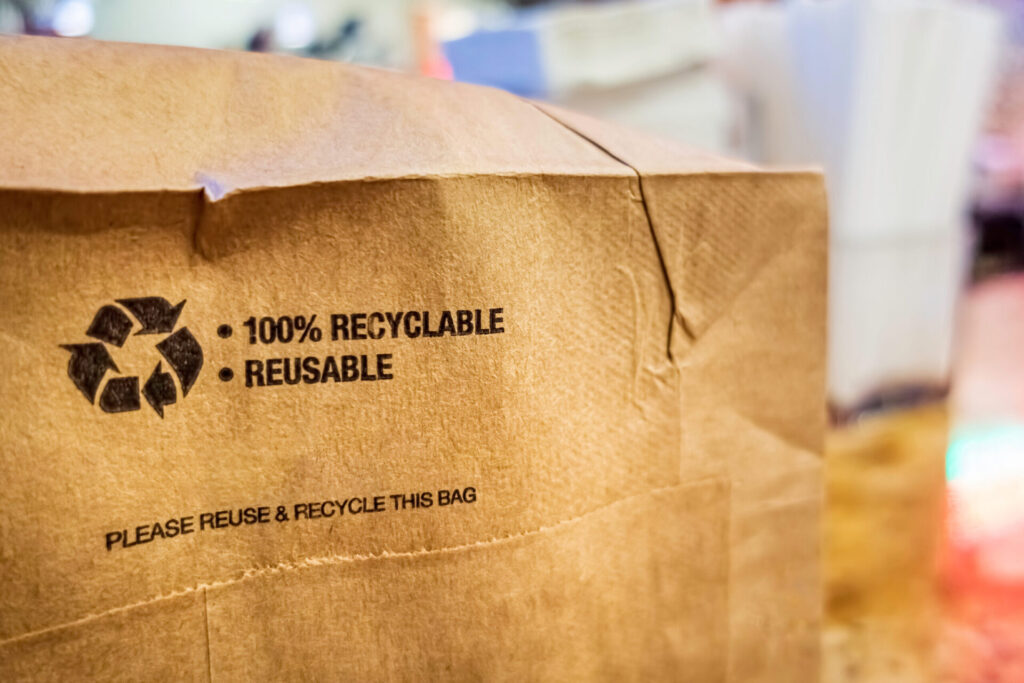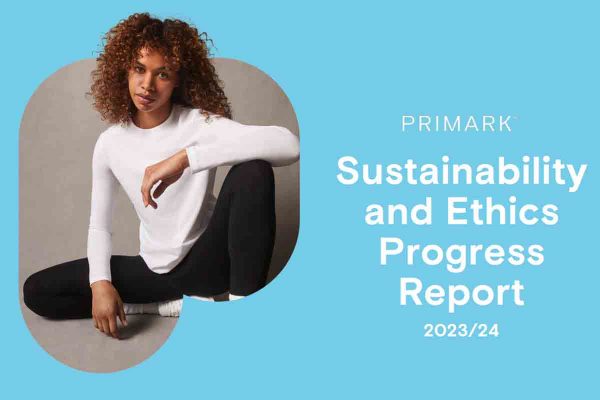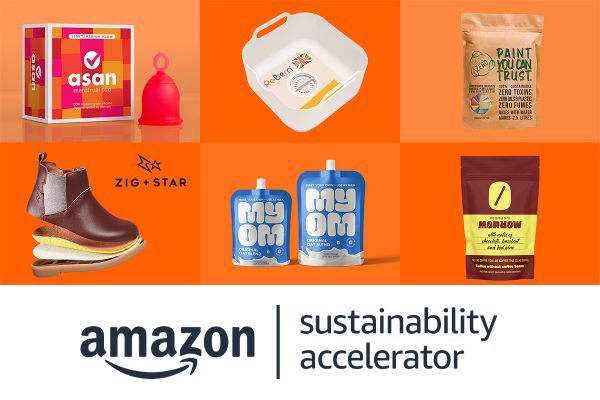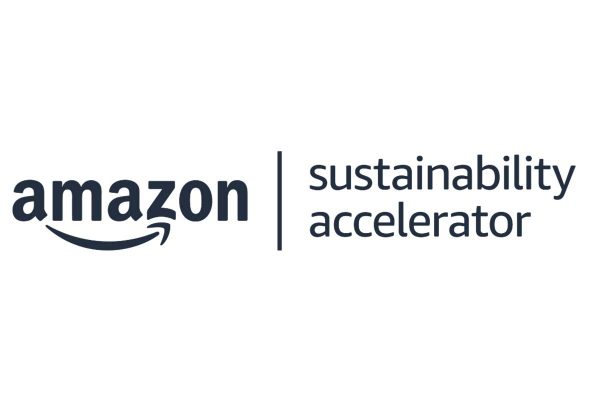Pitney Bowes have today released results from their latest BOXpoll, revealing online shoppers’ perspectives on sustainability. BOXpoll found that more than one-third of consumers (38 percent) are more likely to buy products with sustainable features or packaging.
Ten percent of consumers more likely to buy environmentally friendly products and packaging are actively looking for those kinds of products, while 28 percent are more inclined to buy products based on environmentally friendly features such as sustainable materials, sustainable packaging, or a portion of proceeds going to environmental causes.
Various demographics, including younger consumers (Gen Z and Millennials), affluent consumers with a household income of $100k+, as well as parents and those living in urban environments claim to be the most sustainable shoppers. Nearly half (47-48 percent) of each of these groups are deemed sustainability-minded shoppers.
Despite the sustainable habits of the young, the affluent, parents and urbanites, sustainability isn’t yet a factor in purchasing decisions for the majority of consumers (59 percent on average), either because they don’t notice sustainability features, or because sustainability has no impact on their shopping behaviors.
One potential detractor might be cost. According to BOXpoll, 67% of consumers believe a box shipped with sustainable packaging costs more than one of traditional packaging, despite having the same contents. Consumers believe that sustainable packaging is worth an average of $5.70 more than ‘traditional’ packaging.
“A growing number of consumers are demanding more environmentally friendly choices from retailers. This is clear not only in our latest BOXpoll survey results, but with brands also moving quickly to show progress on sustainable manufacturing and distribution. Ecommerce represents greater choice for consumers. As more shopping takes place online, consumers are wielding this power to support brands that care about sustainability.”
– Gregg Zegras, EVP and President of Global Ecommerce, Pitney Bowes









One Response
There is a disconnect here.
Environmentally friendly packaging is generally more expensive than traditional types, either because the menufacturers see a chance to grab increased profit or because it hasn’t achieved the economies of scale needed. It also tends to weigh more, increasing postage costs.
Consumers may say they want environmental packaging, but when we tested it by offering it as alternatives in the checkout, our conclusion was that they don’t want to pay for it, not even 25p extra a parcel.
So now, we recycle more packaging than ever (which has a small cost in terms of time sorting, cleaning and storing it, but I can live with that), but I’ll only buy truly environmentally friendly packaging if I can do it at no extra cost. With e-commerce generally working on razor thin margins and customers not willing to pay extra, it’s really the only option.